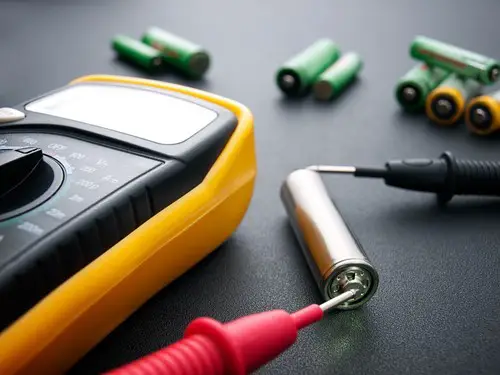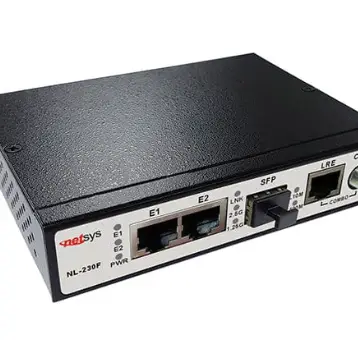Batteries are a household item that are commonly found in the likes of spare kitchen drawers, ready for when your TV remote runs out of power. But what if those batteries have been sitting there for a while? Are they still going to be useable? It’s a sure bet that you have loose batteries kicking around your home with no idea if there’s any power in them; this can be a problem if you’re in need of a spare battery! Luckily, many batteries now have updated technology which allows them to hold their power for longer, even when not in use.
Battery Technology
For example, Duracell has introduced the 10-year Power Preserve, meaning batteries with this technology should preserve their power for up to 10 years. The Energizer Ultimate lithium range can hold its power for up to 20 years. This is great if you tend to keep a lot of spare batteries in the house.
What’s more, other battery technology such as anti-leakage can also help your batteries to last longer and reduce the risk of rupture or other damage. This advanced technology can be helpful in improving the life and safety of your batteries.
Testing Your Batteries
If you simply just want to check that your batteries are still in working condition, or you’re not sure how long you’ve had them and want to know if there’s any point in keeping them; testing your batteries is your best bet.
You can use a battery tester to make sure your batteries can still be used. This means you no longer have to wonder whether those spare batteries will still work, and saves you from keeping dead batteries in the house!
Keeping a battery tester in the house can be incredibly helpful and it’s so easy to use. A tester will check the energy levels of your batteries quickly, letting you know whether they’re good to go or they need replacing. Designed to be user-friendly and compact enough to keep at home, they’ll quickly become a handy household device.
To test your batteries properly, you simply have to place the battery on the corresponding part of the tester. You will usually be told the state of the battery via different coloured LED lights, or on an LCD display screen. Different battery testers may also detect the voltage of the battery as well as its charge.
These types of battery testers are ideal for alkaline batteries such as AAA or AA, lithium or alkaline coin cells such as CR2025 or LR44, and also rechargeable batteries. Just check the compatibly of your tester before you use it!
Tips For Better Testing
Using a battery tester is a much more effective and safer way of checking if your batteries will work than other advised methods. One method to avoid is dropping your batteries; many sites will tell you that if your battery bounces, it’s dead. This is not a recommended or accurate method.
You should also make sure that all terminals are clean, both on the battery and the tester. A brand new battery may not test properly as the cell needs to ‘wake up’; if this happens, just try it again.
If your battery tester shows an error message, this is usually down to an incomplete measurement. Make sure you are holding the battery on the tester properly and for long enough. Other error messages may show because the battery is so deeply discharged the tester doesn’t recognise it.
Testing your batteries is a great way of making sure you only keep working batteries in your home; just make sure you are testing safely and properly!








![10 Top Game Sites Not Blocked By School [2024 Updated]](https://thefutureofthings.com/wp-content/uploads/2024/10/image-25-358x358.png)


